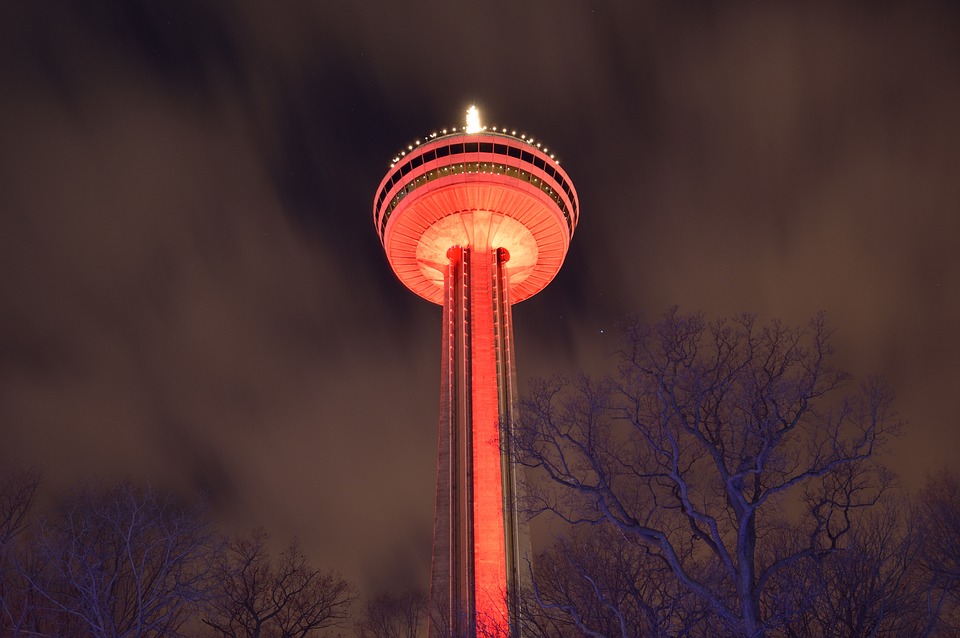The History of Artistic Depictions of Niagara Falls
Introduction
Niagara Falls, located on the border between Ontario, Canada and New York, United States, has long been a source of inspiration for artists throughout history. The awe-inspiring sight of the thundering water cascading over the cliffs has captured the imagination of painters, photographers, and other visual artists for centuries. In this article, we will explore the rich history of artistic depictions of Niagara Falls, from early paintings to modern interpretations.
Early Depictions
The first recorded artistic depiction of Niagara Falls dates back to the early 18th century, when European explorers and settlers began to visit the area. The French explorer, Father Louis Hennepin, is credited with creating the first illustrated image of the falls in his 1698 book, “A New Discovery”. Hennepin’s sketch, while primitive compared to later works, captured the basic elements of the waterfall and surrounding landscape.
As European settlers began to establish a presence in North America, Niagara Falls became a popular subject for landscape painters. The Romantic movement of the 19th century, with its emphasis on awe-inspiring natural scenery, further fueled the interest in depicting the falls in art. Artists such as Thomas Cole and Frederic Edwin Church, both associated with the Hudson River School of painting, created iconic works that celebrated the sublime beauty of Niagara Falls.
The Rise of Photography
With the invention of photography in the 19th century, Niagara Falls became one of the most photographed natural landmarks in the world. Early photographers, such as Timothy H. O’Sullivan and William Henry Jackson, captured stunning images of the falls, sometimes using specialized equipment to capture the movement of the water in long exposure shots.
While photography provided a more accurate and immediate depiction of Niagara Falls, it did not diminish the interest in painting the landscape. Many artists continued to create paintings and drawings of the falls, often inspired by the photographs taken by their contemporaries. The availability of photographic images also allowed artists to document the changing landscape of Niagara Falls as urbanization and industrialization encroached on the natural environment.
Modern Interpretations
In the 20th and 21st centuries, artists have continued to find new ways to interpret the iconic image of Niagara Falls. The development of new artistic movements, such as abstraction and conceptualism, have led to a diverse range of artistic depictions of the falls. Some artists have focused on the environmental impact of human activity on the falls, while others have explored the cultural significance of the landmark in a globalized world.
One notable example of a modern interpretation of Niagara Falls is the work of American artist Marilyn Bridges, who uses aerial photography to capture the grandeur and power of the falls from a unique perspective. Bridges’ photographs, often taken from helicopters or small planes, offer a fresh and dynamic view of the landscape, emphasizing the scale and drama of the natural phenomenon.
Conclusion
Niagara Falls has inspired artists for centuries, from the early sketches of European explorers to the cutting-edge photography and digital art of today. The diverse range of artistic depictions of the falls reflects not only the changing styles and techniques of visual art, but also the evolving cultural and environmental significance of the landmark. As the art world continues to evolve, it is certain that Niagara Falls will remain a compelling subject for artists seeking to capture the beauty and power of nature.

